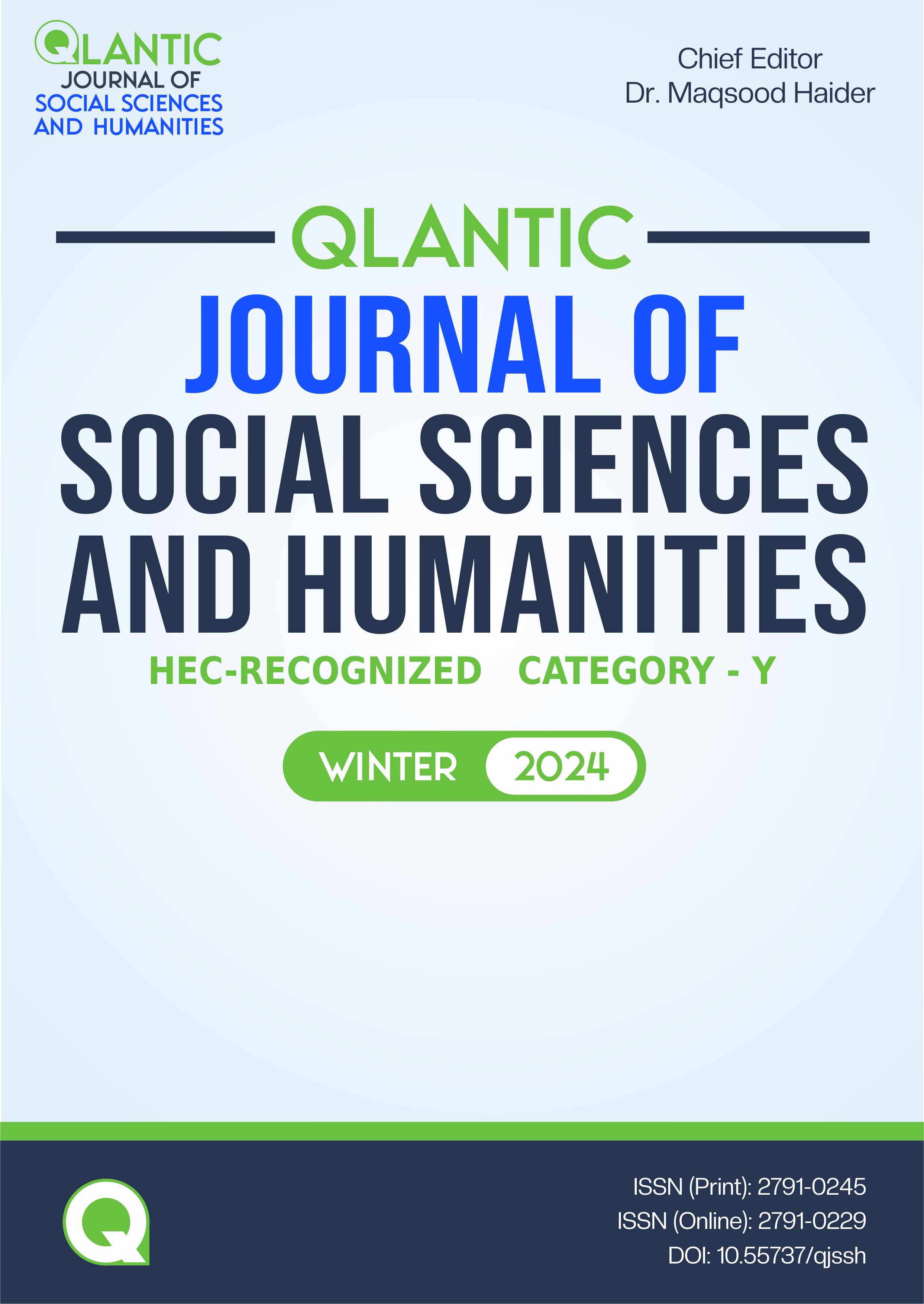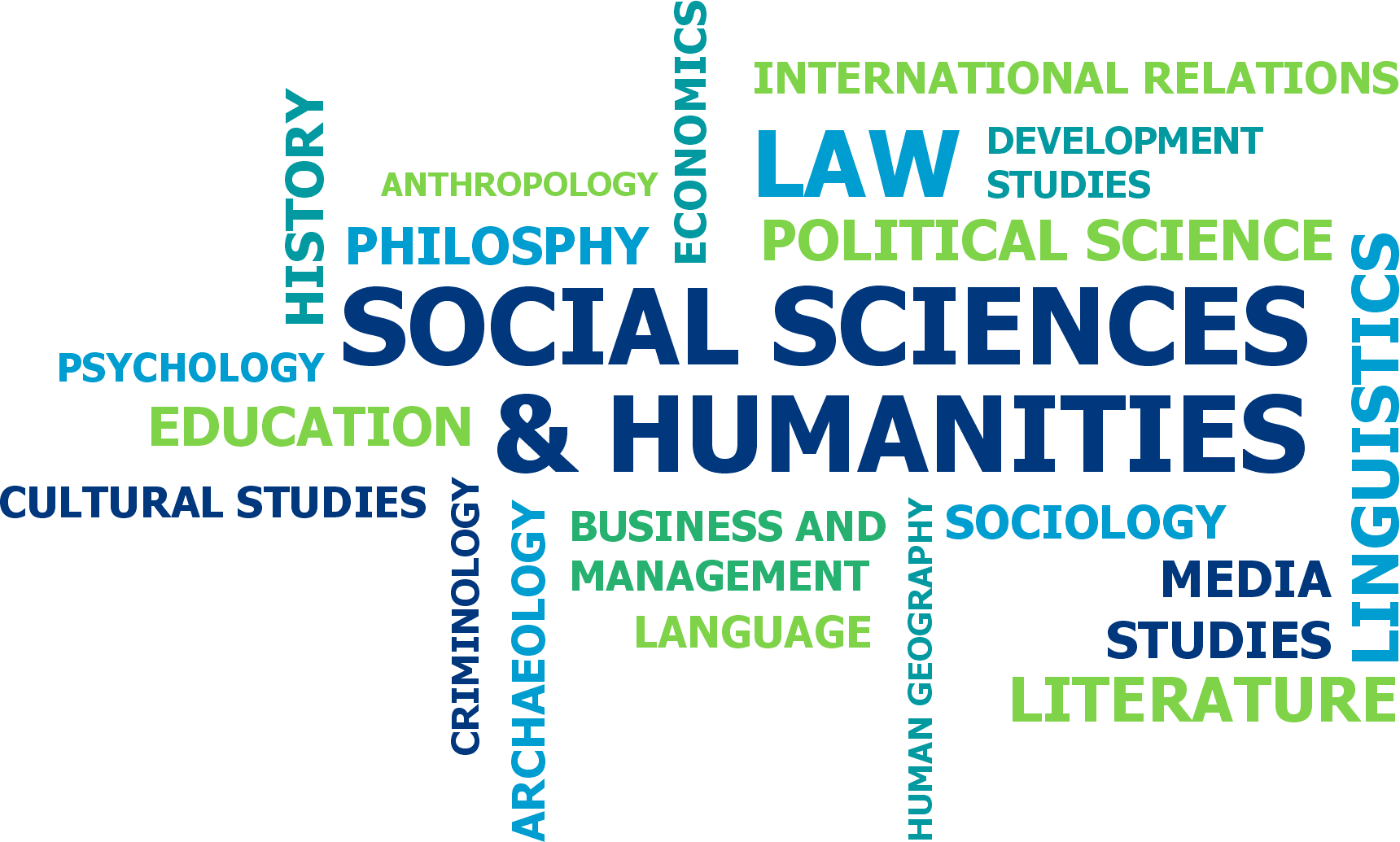Critical Discourse Analysis of the Speech of Recep Tayyip Erdogan at the United Nations General Assembly
DOI:
https://doi.org/10.55737/qjssh.603766284Keywords:
CDA, Erdogan’s Speech, Rhetorical Devices, Qualitative Method,, Aristotle Theory,, Fairclough TheoryAbstract
The research study entitled “Critical Discourse Analysis of the Speech of Recep Tayyip Erdogan at United Nations General Assembly” aims to analyze and find out the ways used by Recep Tayyip Erdogan in delivering his political speech using the Critical Discourse Analysis theory proposed by Fairclough and the theory of Persuasion postulated by Aristotle. During a political speech, the leader tries to express, declare, commit, emphasize, or motivate the listeners by using one’s ideology and power. Critical Discourse Analysis (CDA) is considered an effective approach to exploring the use of power and hidden ideologies in a text. The method applied in this research is the descriptive qualitative method. The transcript of Erdogan’s speech was taken from the mentioned web page (America Times News Service September 21, 2022) and the video (with subtitles) from YouTube which has 30 30-minute time duration. Both the transcript and video of the speech were used in the investigation of the data. His speech of Erdogan has been analyzed to show how using language, he motivated and persuaded his followers to comply with his cause. Based on the study's findings, it can be concluded that figurative language, modal auxiliaries, and personal pronouns are used very efficiently and widely in the persuasive discourse of Erdogan, and the rhetorical elements that most frequently have been applied are a combination of appealing using ethos and pathos.
Downloads
Published
Issue
Section
License

This work is licensed under a Creative Commons Attribution-NonCommercial 4.0 International License.





